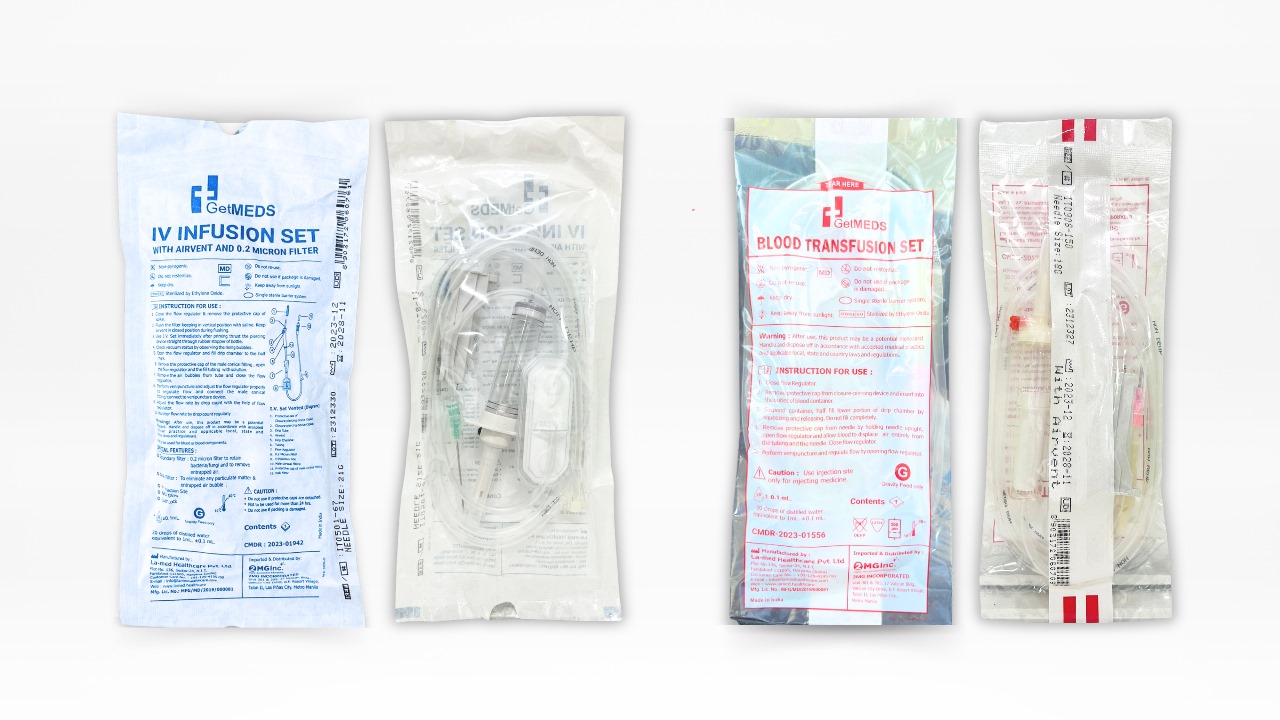Table of Contents
WHAT IS LEUKEMIA?
Leukemia is a blood cell cancer. Unlike many other types of cancer, leukemia does not produce tumors and is present in blood and bone marrow. It happens when your body makes too much white blood cells. White Blood Cells (WBCs) are an essential part of the immune system. They are the body’s defense against infections caused by bacteria and viruses, fungi, abnormal cells, and other foreign substances. These WBCs divide rapidly that restrict the formation of other important cells, and eventually crowd out normal cells. Generally, leukemia is the cancer of the WBCs.
WHAT ARE THE TYPES OF LEUKEMIA?
The beginning of leukemia can be acute or sudden or chronic or slow onset. In acute leukemia, cancer cells multiply rapidly while in chronic leukemia, the disease progresses slowly, and initial symptoms are mild.
Leukemia is classified according to the type of cell that its affect, whether myeloid cell (myeloid leukemia) or lymphocytes (lymphocytic leukemia).
There are 4 main types of leukemia:
|
Acute Myeloid Leukemia (AML) |
Chronic Myeloid Leukemia (CML) |
Acute Lymphocytic Leukemia (ALL) | Chronic Lymphocytic Leukemia (CLL) |
|
– occurs both in children and adult – cancerous WBCs rapidly-produce while normal cells are continuously produced – begins in your bone marrow – most common type of leukemia |
– most common in adults – also starts in the bone marrow but progress rapidly than AML |
– most common in children – quickly progressing form that causes healthy cells to turn into cancerous WBCs |
– diagnosed mostly in adults 55 years of age – same with ALL but less rapid |
STAGING OF LEUKEMIA
Once diagnosed, leukemia will be staged. Staging determines how much the cancer cells have already progressed and helps the doctor to come up with the treatment plan.
Acute types of leukemia are staged based on how cancer cells look under a microscope and the types of cells involved. Lymphocytic leukemia, both acute and chronic, are staged based on the WBC count at the event of diagnosis.
Myeloid leukemia, both acute and chronic, are staged based on WBCs or myeloblasts in the blood and bone marrow.
Read more: What Are The Types And Symptoms Of Blood Cancer?
STAGES OF ACUTE LYMPHOCYTIC LEUKEMIA (ALL)
This type of leukemia affects both children and adults.
Childhood ALL Stages
| Low risk | High risk |
|
– Children under 10 – WBC count of less than 50,000 |
– Children >10 years old – WBC count of more than 50,000 |
Adult ALL Stage
| Untreated | Remission | Recurrent |
|
– Newly diagnosed – “untreated” simply means recent |
– Occurs after receiving cancer treatments – 5% or less of the bone marrow cells in your body is cancerous – WBC within normal limits – Doesn’t have any symptoms |
– Occurs when leukemia returns after remission – More tests and treatment must be continued |
STAGES OF ACUTE MYELOID LEUKEMIA (AML)
AML occurs both in children and adults although children have a higher rate of survival than adults.
Doctors doesn’t usually stage AML; instead, they are divided into 9 subtypes using the French-American-British (FAB) system. Subtypes are determined by the maturity of leukemia cells and their site of diagnosis.
M0: undifferentiated acute myeloblastic leukemia
M1: acute myeloblastic leukemia with minimal maturation
M2: acute myeloblastic leukemia with maturation
M3: acute promyelocytic leukemia
M4: acute myelomonocytic leukemia
M4 eos: acute myelomonocytic leukemia with eosinophilia
M5: acute monocytic leukemia
M6: acute erythroid leukemia
M7: acute megakaryoblastic leukemia
These subtypes are based on where leukemia began. Subtypes M0 through M5 begin in the WBCs. Subtype M6 starts in RBCs, and stage M7 starts in the platelets.
Read more: Cervical Cancer: What is it, Symptoms, Stages, Treatment, And More
STAGES OF CHRONIC LYMPHOCYTIC LEUKEMIA (CLL)
CLL is a slow-growing type of leukemia found in mature WBCs and is staged similarly to other cancers than to either ALL or CML. It uses the Rai staging system. Rai staging system is based on 3 factors such as the number of cancerous WBCs in the body, the number of red blood cells (RBCs) and platelets, and wor not the lymph nodes, spleen, or liver is enlarged.
|
CLL Stage 0 (Low risk) |
CLL Stage I (Intermediate risk) |
CLL Stage II (Intermediate risk) |
CLL Stage III (High risk) |
CLL Stage IV (High risk) |
|
– more than 10,000 lymphocytes – other blood counts are normal -no symptoms |
– more than 10,000 lymphocytes – lymph nodes are swollen – other blood counts are still normal |
– liver and spleen are enlarged – lymph nodes are swollen – lymphocyte counts are high but other blood counts are still normal |
– other blood cells are now affected – anemic and does not have enough RBCs – lymphocyte counts are high – liver and spleen are enlarged – lymph nodes are swollen |
– all symptoms of the previous stages are present – platelets and RBCs are affected – blood clotting is not functioning |
STAGES OF CHRONIC MYELOID LEUKEMIA (CML)
In CML, cancer progresses slowly but your bone marrow produces high numbers of WBCs called blast cells. Blast cells will outnumber healthy blood cells. Staging CML will be based on the percentage of WBCs in your body.
| Chronic phase | Accelerated phase | Blastic phase |
| <10% of blast cells in the body – fatigue, milder symptoms – responds well to treatment | 10-19% blast cells in the body – cancer doesn’t respond to treatment in the chronic phase – more symptoms appear |
>20% blast cells spread all throughout the body – treatment is difficult – symptoms include fever, fatigue, poor appetite, weight loss, and swelling of spleen |
Takeaways
Cancer staging helps physicians figure out the best treatment regimen specific to a patient. Leukemia, unlike any organ cancer, is staged differently because it shows up in the blood instead of tumors.
High chances of survival are associated with early detection and diagnosis, while a more advanced stage that is diagnosed late means lower survival rate.

 Login/Register
Login/Register











Be the first to comment on "Leukemia: What Is It, Types and Different Staging of Leukemia"